Git
This section includes tutorials related to Git version control system including GitLab and GitHub.
GitHub New Repository
A repository contains all of your project’s files You can own repositories that can be owned by you or shared with your team members.
-
Signup and create GitHub account (if you didnt already did)
-
Log in your GitHub Account
-
Click on + icon next to your profile picture at the top right corner of the window, then select New repository. as in the following screen:
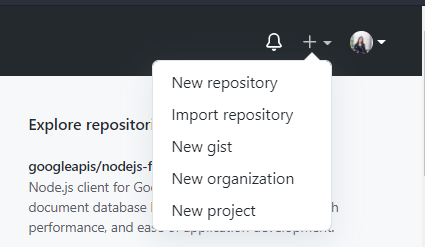
-
Fill in the repository name, repository description, the repository visibility either public or private, then press on Create repository (we recommend starting by private of you are not sure)
you can initialize the repository with README.md file where you add a description of your project, and .gitignore where you put the files that you don’t want to be tracked.
|
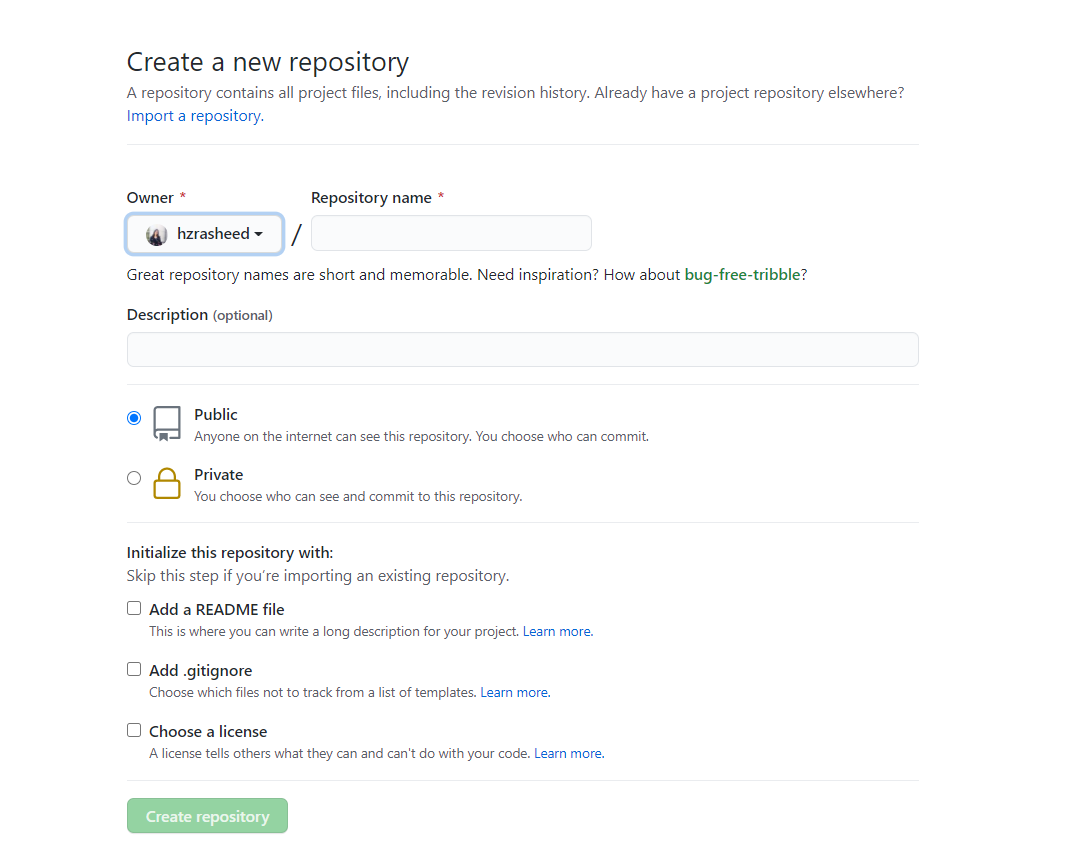
-
Finally, your repository is now created, you should see something like this:
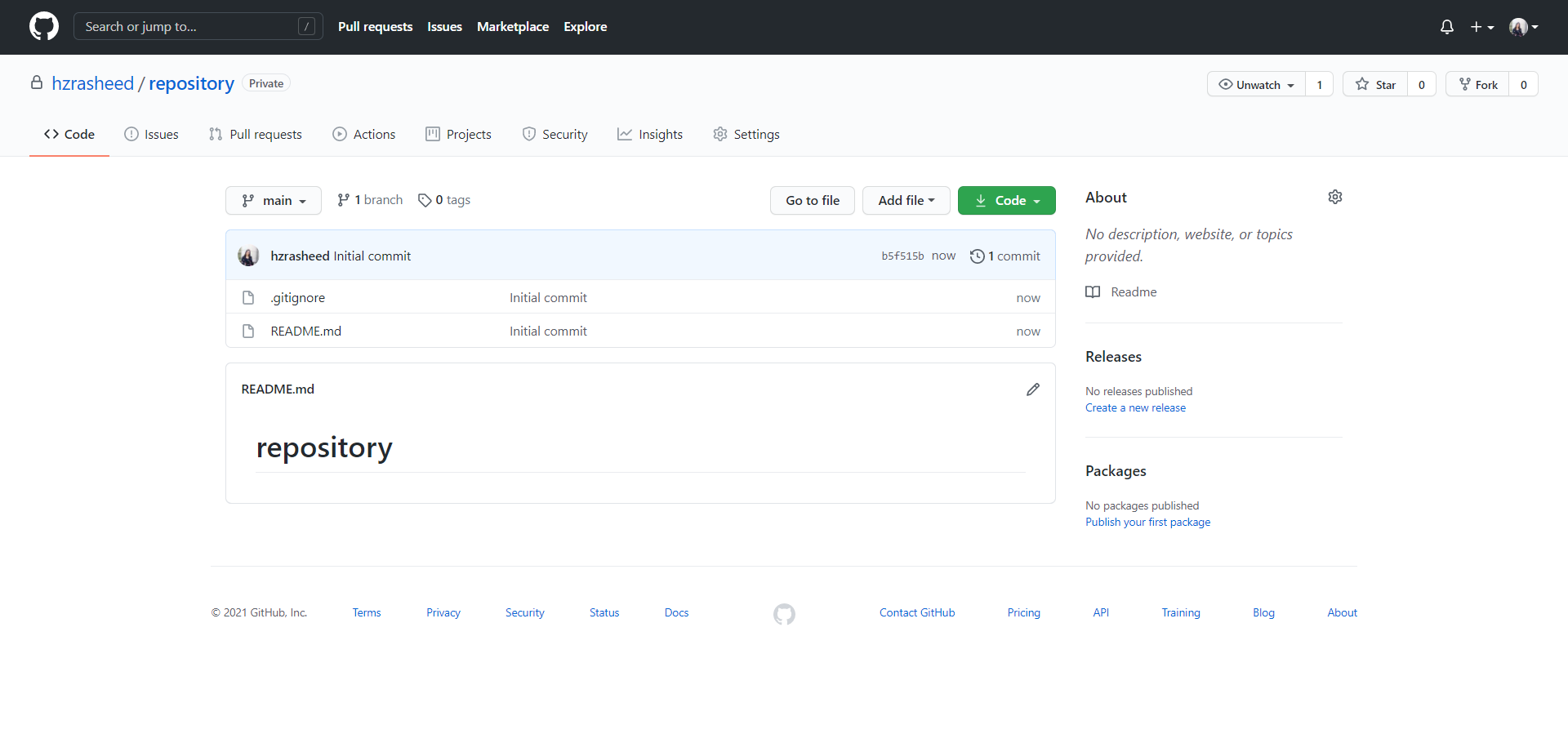
GitHub Access Token
Access Token is an alternative of using a password to access your account on GitHub, it can gives you more control and security over your account and repository.
-
Sign up to create GitHub account (if you are not already did).
-
Sign in GitHub, then in the top right, click on your profile, then choose settings, as in the following screen:
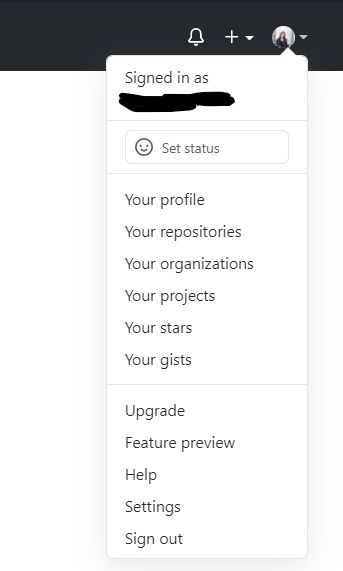
-
Click on Developer Settings from the list displayed on the left, as in the following screen:
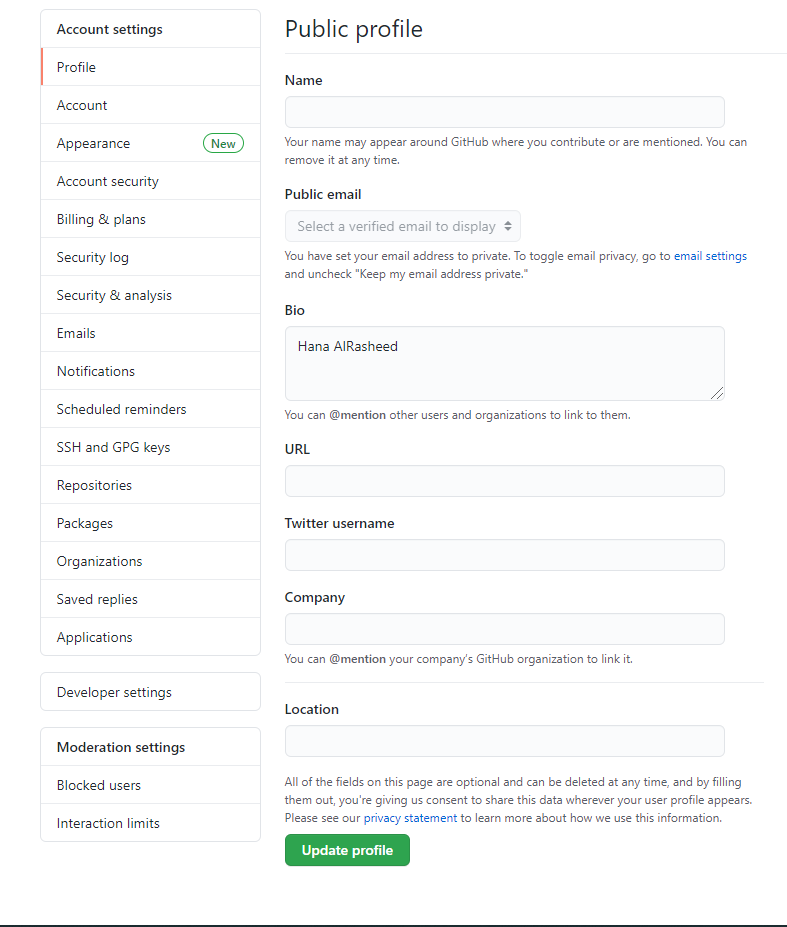
-
From the list displayed on the left, Click on Personal Access Token
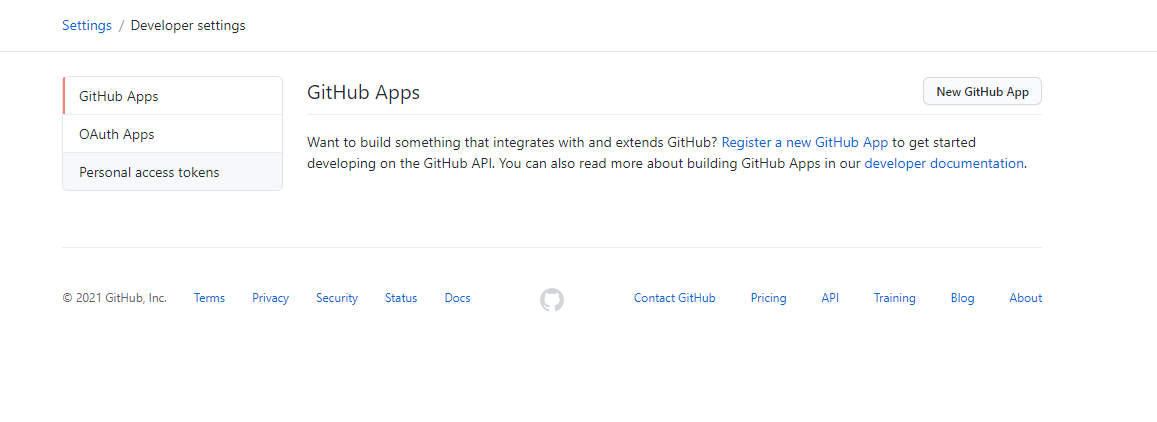
-
Click on Generate new token
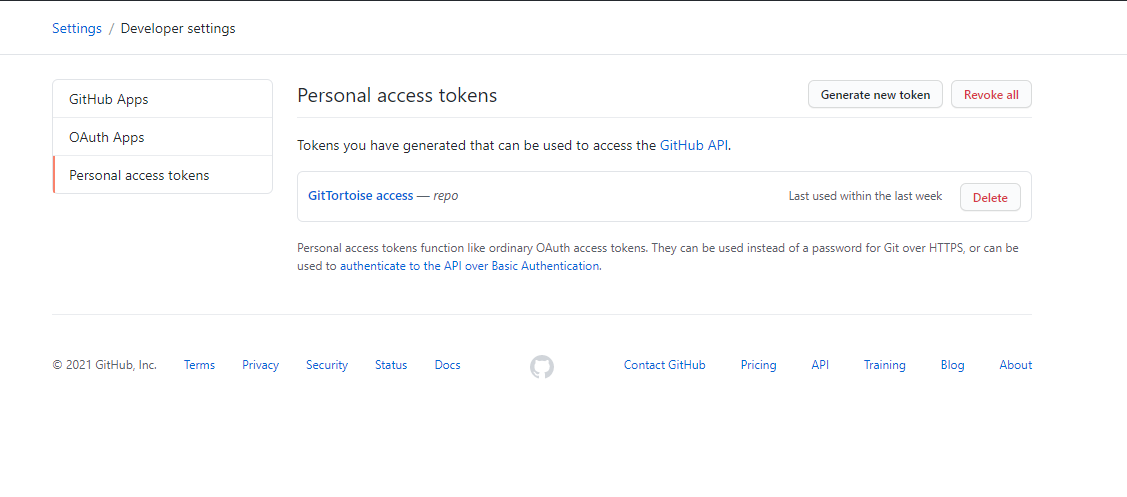
-
Confirm access, by filling your password and then press Confirm password as in the following screen:
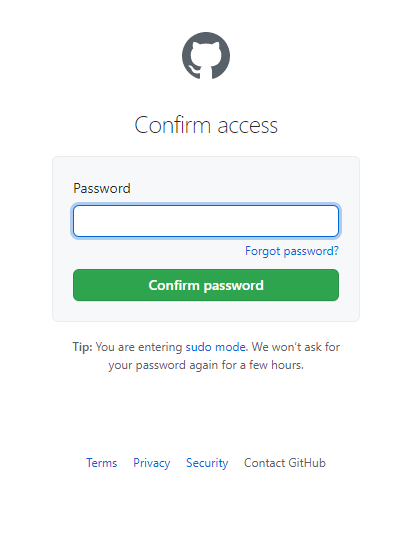
-
In New personal Access Token screen, fill in Note field then select scopes of the token, scroll down and press on Generate token and your token is now generated.
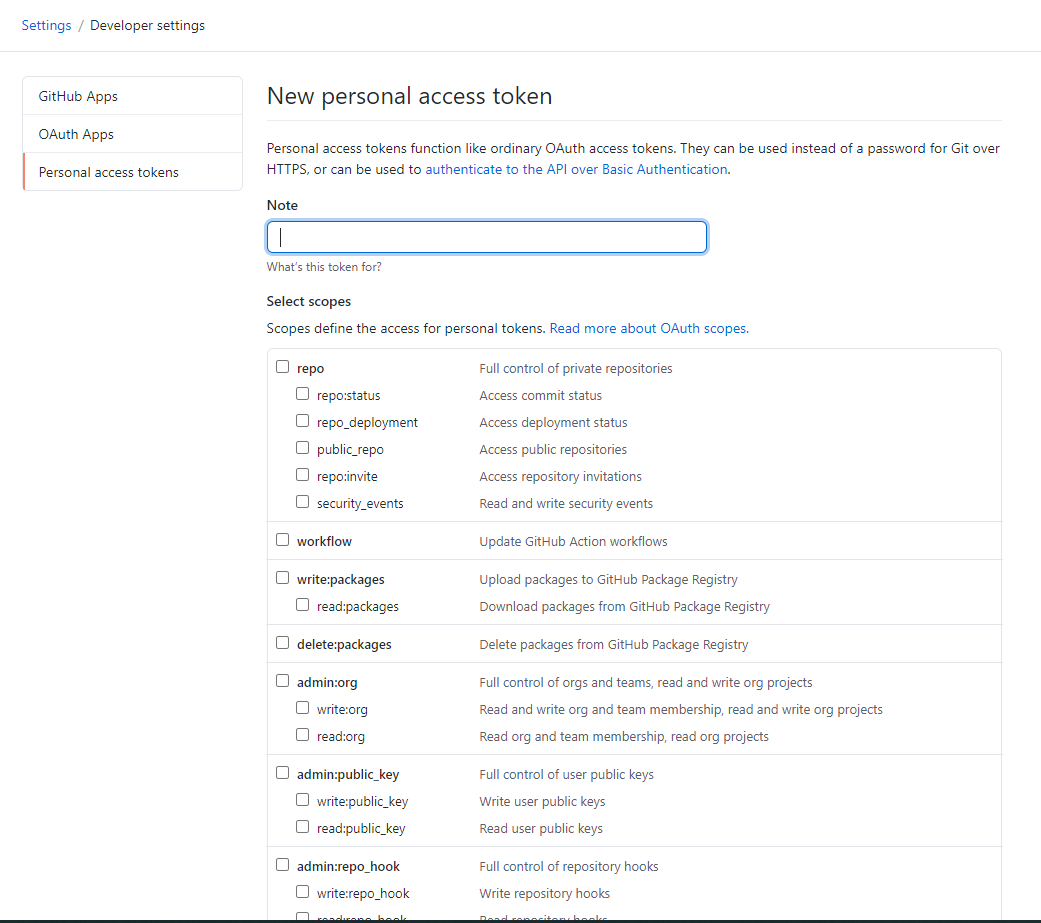
-
Finally, your Personal Access Token is now generated.
| Make sure to copy the generated Access token as you will not see it again. |